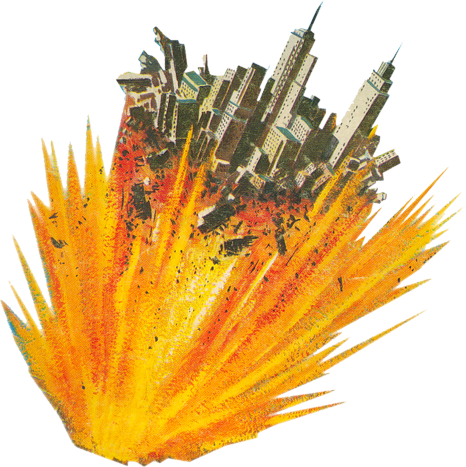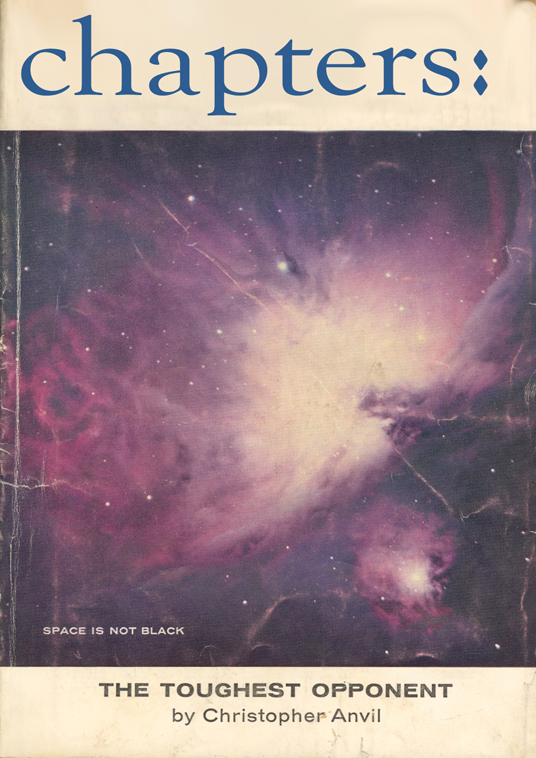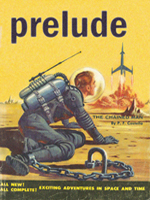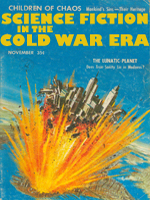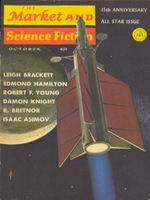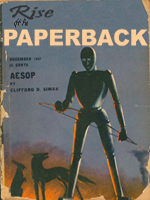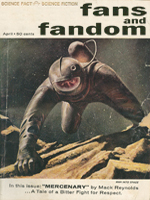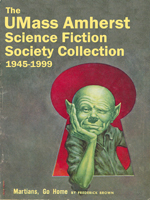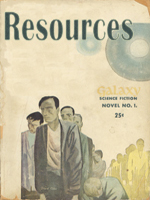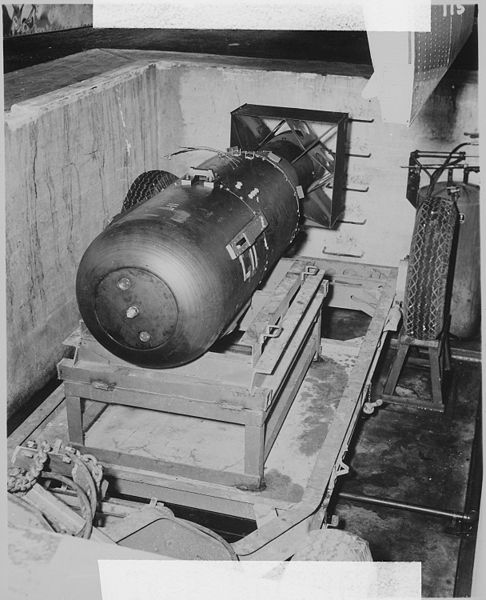
Source: wikimedia commons
Science fiction's rise to prominence began with a bomb. In the early morning hours of August 6, 1945, a small flight of American B-29 bombers released a single nuclear device over the Japanese island of Honshu. The bomb fell for forty-three seconds before detonating, as planned, several thousand feet above the city of Hiroshima. The United States dropped a second bomb on the city of Nagasaki, on the island of Kyushu, on August 9; Japan surrendered to the Allies less than a week later. News of the bomb swept the globe”the Atomic Age had begun.
Only sixteen hours elapsed between the destruction of Hiroshima and President Truman's announcement of the attack. After that, the news spread almost instantly. On August 7, the day after Hiroshima, the New York Times ran no fewer than eleven articles about the bombing. While ninety-eight percent of Americans had heard of the bomb, nobody except a very few decision makers knew very much. There was plenty of space for Americans' imaginations to run wild.
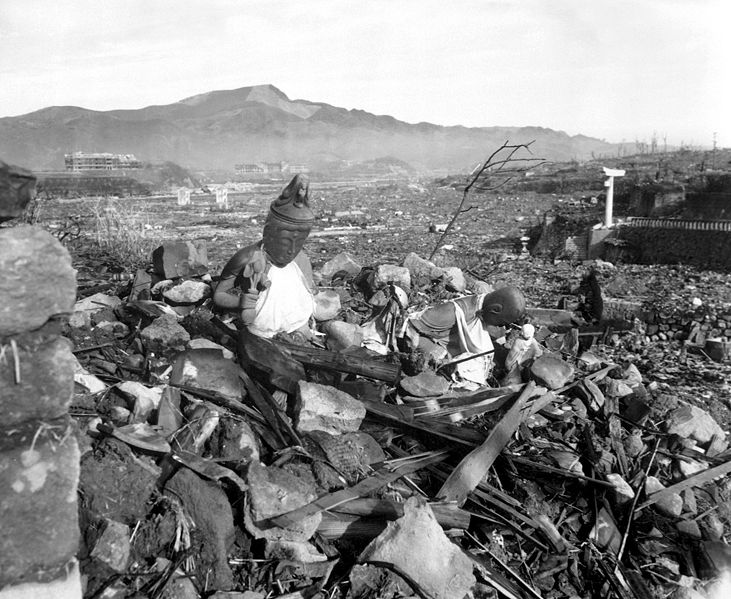
Source: wikimedia commons
Americans were ambivalent about the new atomic science for good reason. Never before had the paradox of scientific advancement been so stark. Atomic power had won the war in the Pacific, concluding months of bloody island-hopping by Allied forces. Many people”President Harry Truman among them”believed that the bomb had forestalled an invasion of the Japanese home islands and so saved lives on both sides. At the same time, though, proof of the atom's destructive potential was seared into Japanese soil. Americans were not so naive as to think that kind of ruin could never be visited upon their nation. After all, what military men clinically called strategic bombing was widespread even before the bomb. Americans were accustomed to the idea of reducing whole cities to rubble and counting civilians as belligerents. Now, though, that awful level of destruction could be wrought with a single weapon.
In this climate, science was on everyone's mind. Scientists, especially those who had worked in the labs that had produced the bomb, rose from anonymity almost overnight. And America wanted more scientists. In the decades following the bomb, curriculum reformers pushed science education in the nation's schools, hoping to swell the ranks of American scientists. The ultimate goal of curriculum reformers sometimes subtly expressed, sometimes not was to enlist young Americans as cold warriors. Science, like the atom itself, had been made a weapon.
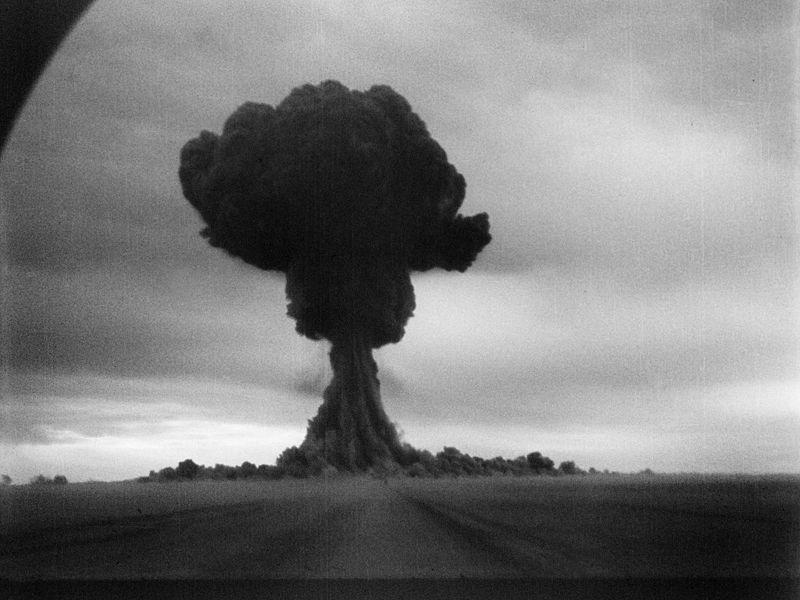
Source: wikimedia commons
In late August 1949, the Soviet Union tested its first atomic weapon on the dry steppes of northeastern Kazakhstan. The device was called First Lightning¯ by the Russians and simply Joe-1 by the Americans, after Soviet Premier Josef Stalin. (Subsequent Russian weapons built for nuclear testing carried the designator RDS for Rossiya Delayet Sama, meaning, among other things, Russia Does it Herself.) By this time, most Americans had accepted that other developed nations could not realistically be prevented from building their own nuclear weapons. Most understood that the end of the brief period of American nuclear dominance was inevitable. But the First Lightning detonation and the Soviet tests that followed were the harsh proof. Nuclear war had been a hypothetical; now it was a tangible possibility.
At home, Congress's House Un-American Activities Committee (HUAC) sowed paranoia and mistrust from the end of World War II until the early fifties. The House of Representatives created HUAC with the goal of quashing so-called un-American sentiment in domestic political, social, and arts organizations. The committee's hearings reached a fever pitch in the late forties, aided by the sweaty fear mongering of Joseph McCarthy, a junior senator from Wisconsin. Blacklists barred suspected communists from working (with or without solid evidence of participation in un-American activities). HUAC's hearings and the pervasive anticommunism they represented generated what American historian Richard J. Hofstadter would term the paranoid style in American politics in an influential 1964 Harper's essay. Strident anticommunism created a world view in which the republic was constantly threatened not only from without, but from within.

Source: wikimedia commons
It was in these years that Americans became fascinated with space exploration. But even this opportunity for progress arose in a climate of contest. In October 1957 the Soviet Union launched Sputnik 1, the first man-made satellite to circle the earth. Sputnik illustrates the link between scientific progress and the cold war”the rocket that delivered the tiny satellite into orbit was a modified version of the R-7 "Semyorka", an intercontinental ballistic missile originally designed to carry nuclear warheads. Up close, Sputnik was unassuming”it weighed less than 200 pounds and measured less than two feet in diameter. But its successful flight touched off the space race between the United States and the Soviet Union and spawned a whole new set of fears that would play out in the later decades of the cold war.
